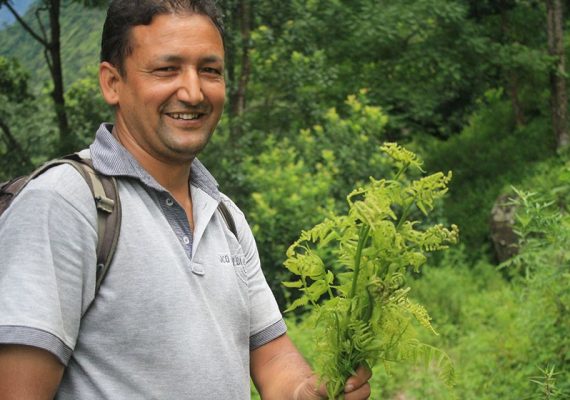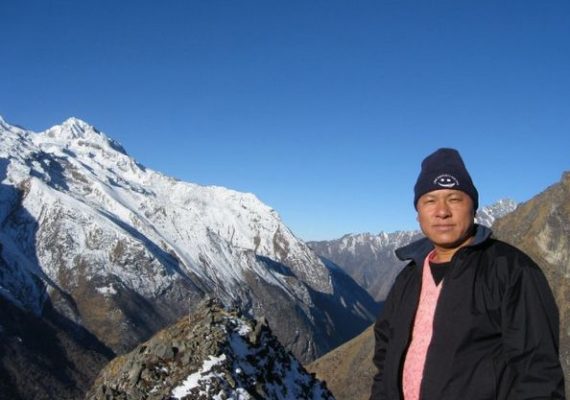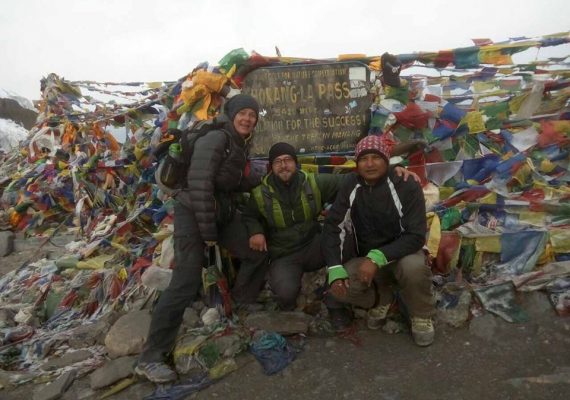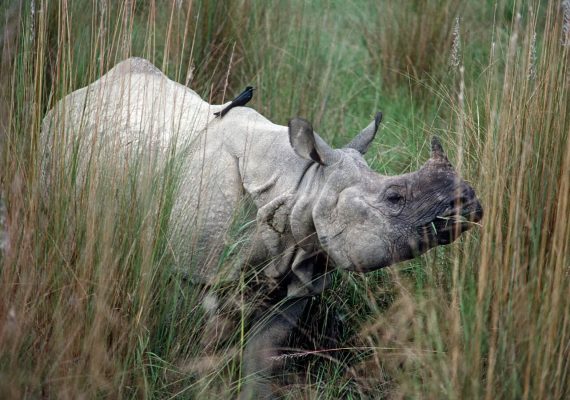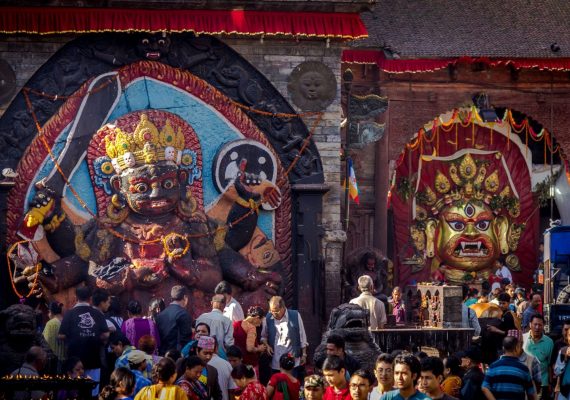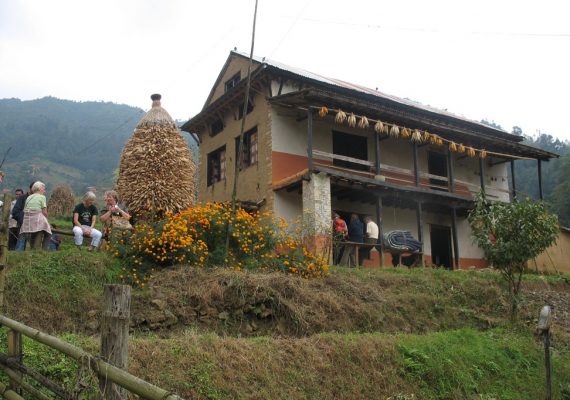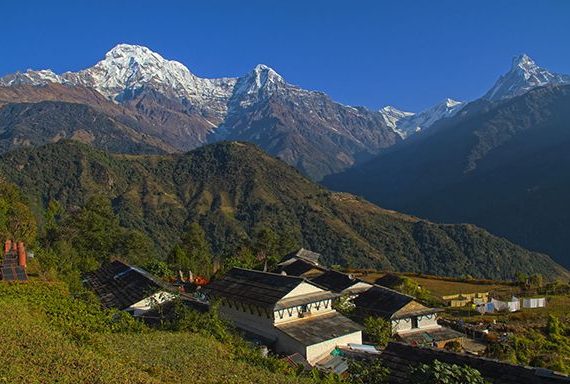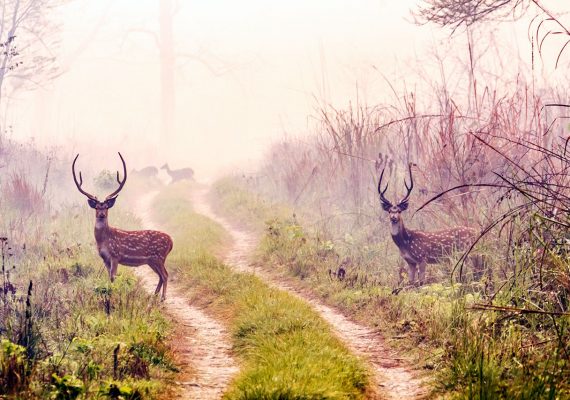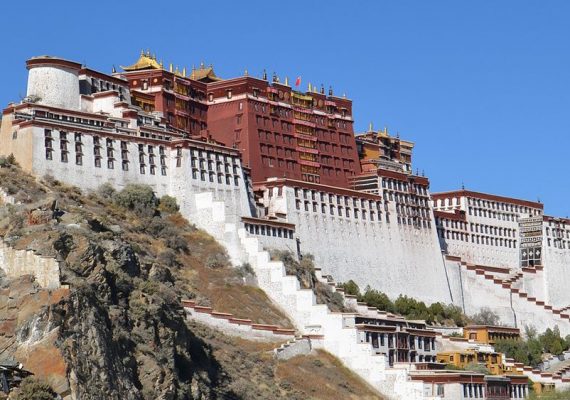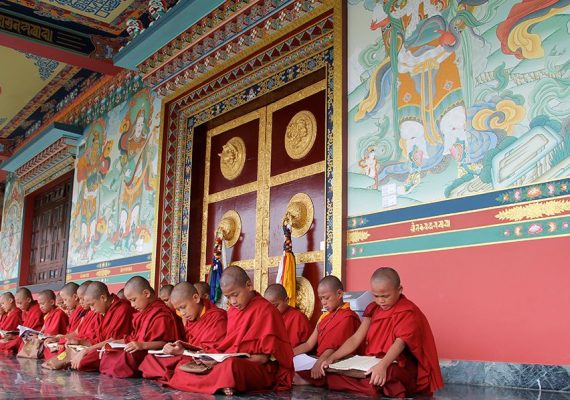Menu
Menu
Tour Details
Within Nepal, Buddhism and Hinduism have always evolved and flourished together side by side for hundreds of years. The evolution of such important religions and dynasties has made much contribution towards the beautiful monuments and temples in Kathmandu and all over Nepal. With around 103 different tribes of different cultures in Nepal, this tour allows you to observe, learn and experience the rich cultural diversity of Nepal. It takes you back in time to experience world heritage sites like temples, monuments, palaces, gardens dating back centuries. We offer you tours to ancient towns that have been unchanged for generations with their centuries-old culture, architecture and way of living still intact.
You not only observe but get to practically indulge by taking part in their festivals, share local meals and learn their ways of life through local interactions. This tour is designed for guests to have a participative experience of all the diverse major cultural landmarks and traditions Nepal has to offer with tailor-made festival experiences!
You can plan your arrival based on dates below to experience festivals in any of the heritage sites
Nawa Barsha (13-14 April) – Nepali New Year
Gai Jatra (19th August) – Festival of the cow which is Nepal’s national animal
Bisket Jatra (13-17 April) – An important festival in Nepal and starts on the day of Nepali New Year and is celebrated in Bhaktapur. Experience these great traditional festivals in Nepal and have the time of your life with locals
Nawa Barsha (13-14 April) – Nepali New Year
Gai Jatra (19th August) – Festival of the cow which is Nepal’s national animal
Rato Machhindranath Jatra (April 11) – One of the biggest traditional events in Patan, Kathmandu Valley. The chariot is man-made from wood, bamboo covered by grass, colorful flowers and flags, pulled by hundreds of people
Dashain (October 18th-21st) – It is by far the most auspicious, longest and joyous time of the year, celebrated country-wide by all castes and creeds during the bright lunar fortnight ending on the day of the full moon in late September or early October
Tihar (7th-9th November) – This festival of lights, colours, music and dances are favourite amongst many Nepalis. It is a time when homes are lit with butter lamps and evenings are filled with young boys and girls visiting neighours homes and performing dances while singing.
Holi (20-21 March) – It is a very colorful and playful festival. It is celebrated in Terai on one day and in Kathmandu and hill regions on the next. People smear colored powders on their friends, relatives and family members, and throw colored water and water balloons. It’s important not to take any valuables out with you on this day, unless they are sealed in a plastic bag!
Teej (24th August) – It is a festival celebrated amongst women in Nepal falling either in August or September depending on lunar calendar. It is a festival where women dress elegantly in their traditional attire (Saree) and embellished with their jewelleries. This is the time they travel back to their maternal home and celebrate with singing and dancing.
Upon arrival, our representative will meet and greet you and transfer you to your hotel.
Overnight at your hotel in Kathmandu; Meals: None
Full day sightseeing of Kathmandu’s most iconic and ancient UNESCO world heritage sites
Kathmandu Durbar Square is spread around the old royal palace of the former Kathmandu Kingdom and surrounded with spectacular architecture that vividly showcases the skills of the Newar artists and craftsmen over several centuries. It held palaces of kings in the past and surrounds quadrangles, revealing courtyards and many famous temples.
Swoyambhunath Stupa, is one of the holiest, oldest Buddhist stupas in Nepal overlooking and giving a panoramic view of the city. It has numerous shrines, temples, deities and monasteries on its premises standing out as a hallmark of faith and harmony among Buddhists and Hindus.
Patan Durbar Square is full of ancient palaces, temples, and shrines noted for their exquisite carvings, extravagant wooden and stone work. One can rummage for treasures and souvenirs in the various shops around the square. The main attractions here are the ancient Royal Palace, Krishna Temple, Mahaboudha Stupa, The museum etc..
Overnight at your hotel in Kathmandu; Meals: Breakfast
Bandipur is an old Newari town on top of a hill that overlooks the magnificent Marshyangdi Valley and boasts a breathtaking view of the Himalayan range. The town is a well preserved cultural site and lies on the old trading route from Nepal to Tibet which used to be a rest stop for traders
Drive to Bandipur (4.5 hrs) through views of the scenic countryside. On arrival, we check-in to our hotel, rest for a while and start a late afternoon cultural walk around the old Bandipur town. It is an interesting walk to a stone carved water spout called “Tindhara” where locals through ages have come to collect water, bathe and wash. To “Tudikhel”, a former parade ground, now a scenic vista and also a junction point of socialization for the commons and to Thanimai Temple, a revered religious site and do Puja (ritual) like the locals. And finally walk to Martyrs Tower to see the amazing sunset overlooking the hilly landscape as the glistening sun-rays recede from the mighty mountains. We walk back on the stone paved path in between the local houses to Hotel Gaunghar, an old residence renovated into a heritage hotel. Living in the old residence truly makes you experience the local Newari culture at all times during your stay.
Overnight at your hotel in Bandipur; Meals: Breakfast
After breakfast, we drive towards Pokhara which goes by the side of the Marshyangdi and Trishuli River observing locals engaged in their daily works like farming, preparing local foods, rearing cattle etc.. Upon our arrival in Pokhara, we are rewarded with magnificent up-close views of the Himalayas including Dhaulagiri, Manaslu and Machhapuchhre, two of which are over 8000 meters.
Pokhara occupies a broad fertile valley in Nepal’s central hills, south of the Annapurna Massif. Deep gorges created by the rivers, temples and monasteries of varied heritage, boating and photographing scenic reflections of the Annapurna mountains in Phewa lake and enjoying the famous Lakeside night-life market are the major attractions
We check-in to our hotel, relax for a bit and head for sightseeing of the World Peace Pagoda, David's Fall, Gupteshwor Cave and then reach Phewa Lake for boating. We also listen to evening prayer ceremonies and songs in the Barahi temple in the middle of the lake. Finally, we explore the famous Lakeside nightlife market and have dinner.
World Peace Pagoda, a massive Buddhist stupa is situated on top of a hill on the southern shore of Phewa Lake. Besides being an impressive sight in itself, the Buddhist shrine is a great vantage point which offers spectacular views of the Annapurna range and Pokhara City.
David's Fall is a charming waterfall located very close to Gupteswar Gupha, a mysteriously sacred cave that holds special value for Hindus since a phallic symbol of Lord Shiva is perfectly preserved here in the condition it was discovered in.
Phewa Lake The view of Machhapuchhre reflected in the lake, the Tal Barahi temple in the island at middle, the white stupa on the top of a hill, the paragliders jumping from Sarangkot, the Ultra-light aircrafts soaring up high - all at once can be seized in the mild breeze over the lake.
Overnight at your hotel in Pokhara; Meals: Breakfast
After breakfast, we drive 1 hour along the beautiful hilly settlements and terraced farmlands to Dhampus and walk up-to the viewpoint to soak in the spectacular up-close views of the highest mountains. We also explore the village’s unique architecture, culture, traditional living style and skills in local cuisine, drink-making, farming etc..
Dhampus (1650m) is a famous typical Nepali village which boasts unmatched mountain vista of the entire Annapurna range, Fishtail, Gangapurna, Dhaulagiri, Lamjung Himal and more which are all above from 6900m to 8500m.
We hike further one hour through Rhododendron forest and picturesque villages, an ample chance for photography and bird-watching with sounds of birds chirping. Then, we descend one hour to Kande, a scenic and easy walking trail overall.
Australian Camp (2055m) is another beautiful village which has some of the best unobstructed views of the Himalayan Annapurna range, Machhapuchhre, Manaslu range and also stunning visuals of beautiful green hills which are different to those from Dhampus.
From Kande, we drive 40 mins back to Pokhara. We rest for a while and begin final sightseeing in Pokhara with a visit to the old part of Pokhara , the Old Bazaar.
The Old Bazaar is a traditional bazaar and a colorful gathering place for an ethnically diverse group of traders. The temples and monuments bear a close resemblance to the Newari architecture of Kathmandu Valley and retain much of its original charm.
Overnight at your hotel in Pokhara; Meals: Breakfast
After breakfast, we drive 4 hrs through beautiful landscapes, villages and jungles to Chitwan and enjoy lunch. Late afternoon Jungle Walk where we meet, interact with Elephants and allow oneself some time to simply be around the elephants, observe and understand them. We end our day by the bank of the Rapti river watching one of Nepal's famous sunsets in the scenic riverside area sipping cool drinks of your choice. Enjoy a Sundowner!
The Royal Chitwan National Park comprises 932 square kilometers of Sal and riverine jungle containing a greater variety of wildlife than any other area of Nepal. Over 500 species of birds have been recorded here, with many mammals, reptiles and insects. Mammals include the endangered Bengal Tiger, Indian Rhinoceros, Wild Boar, Sambar, Muntjac, Spotted and Hog Deer, Rhesus and Hanuman Monkeys, while reptiles include Marsh Mugger Crocodile and the fish-eating Gharial. Leopards, Sloth Bears, and Gaur (wild bison) are all fairly common and occasionally seen by the lucky ones!
Overnight at your hotel in Chitwan; Meals: Breakfast, Lunch, Dinner
After breakfast, we begin our program. Full Day Jungle Activities including Half Day Jeep Safari first, to spot animals and birds (a highlight would be spotting the One-Horned Rhinoceros and if you are lucky, you might even see a Tiger!). After lunch, Canoe Ride (best for closeup experience of Crocodiles and water animals, birds in their natural habitat) along with Jungle Walk, Visiting Elephant and Crocodile Breeding Center.
Overnight at your hotel in Chitwan; Meals: Breakfast, Lunch, Dinner
After breakfast, we drive 4 hrs to Kathmandu and enjoy the free evening time on our own.
Overnight at your hotel in Kathmandu; Meals: Breakfast
Full day sightseeing of UNESCO Heritage Sites Bouddhanath Stupa, Pashupatinath Temple and Bhaktapur
Bouddhanath, built in the 14th century is the world’s largest stupa and the holiest Buddhist temple outside Tibet. It is the center of Tibetan culture in Kathmandu with rich Buddhist symbolism, architecture and a site of great veneration for Buddhists. It remains an important place of pilgrimage and meditation for Tibetan Buddhists and local Nepalis.
Pashupatinath Temple, the largest temple complex in Nepal is one of the four most important religious sites for devotees of God Shiva. Built in the 5th century and later renovated, its main pagoda style temple has a gilded roof, four sides covered in silver and exquisite wood carvings.
Bhaktapur Durbar Square, in the medieval city of Bhaktapur with its ancient temples, monuments and palaces are magnificent examples of Newari craftsmanship with their beautiful carved wooden windows and latticework. Their people are still renowned for their pottery and hand woven fabrics, including the traditional local red and black saris.
Evening Farewell dinner program with cultural dance and folk songs at our Heritage Restaurant Bhojan Griha. (www.bhojangriha.com)
Overnight at your hotel in Kathmandu. Meals: Breakfast and Special Dinner
Transfer to the airport and fly back home with great memories of Nepal.
Meals: Breakfast
♦♦♦♦♦♦
